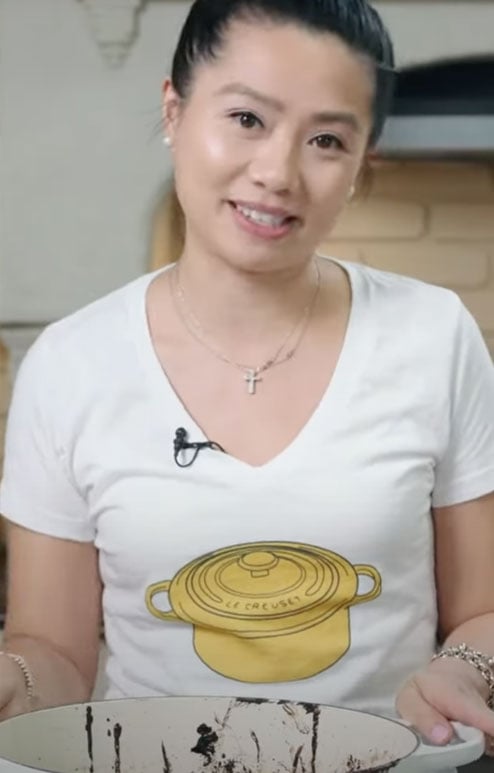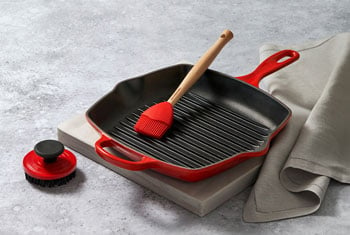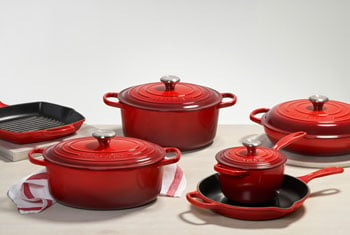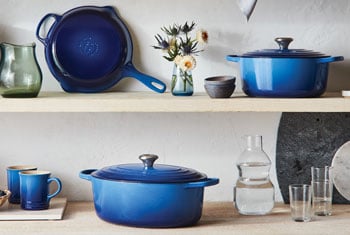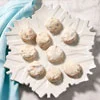Le Creuset Enameled Cast Iron is a remarkably durable and robust material that is not only easy to use, but also easy to clean. Our enameled cast iron cookware is finished with a vibrant enamel (both inside and out) that does not require the same level of care and consideration as raw or traditional cast iron cookware – it doesn’t need to be seasoned, will not rust, is dishwasher-safe and can be washed with soap. Plus, the smooth glass-like enamel surface resists staining and sticking to make cooking and clean-up even easier.
To keep your cookware in excellent shape for many recipes and generations to come, we put together these helpful tips for how to care for and clean Le Creuset Enameled Cast Iron.
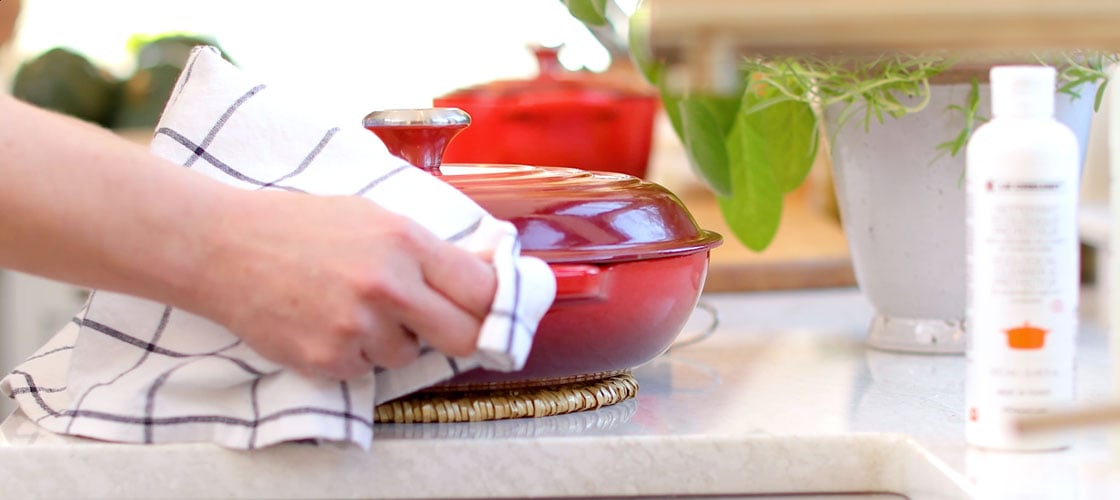
How to Clean Enameled Cast Iron
While Le Creuset Enameled Cast Iron is dishwasher-safe, we do recommend hand washing to keep the finish beautiful. Over time, constant dishwashing may lead to some dulling of the enamel finish, but it’s important to note that this will not hinder the cooking performance. To clean enameled cast iron cookware, simply follow these steps:
- First off, always allow the pan to cool to room temperature before cleaning. You never want to place a hot pan in cold water or fill a hot pot with cold water. That may lead to cracking of the enamel due to thermal shock.
- Use soft natural or nylon sponges and brushes to wash the interior and exterior with warm water and a mild dish soap. Don’t use metal sponges, abrasive cleaners or utensils as they may scratch the enamel surface.
- Rinse and dry the cookware thoroughly before putting it away.
“It might look bad, but cleanup is going to be a breeze.”
Vivian Chan
Food Network
@missvivianwc
How to Clean Stuck-on or Burnt Food
Sometimes you may end up with stubborn or burnt stuck-on food that doesn’t easily come off. One of the most common reasons for stuck-on food is using a heat setting that is too high and overheating the pan. Because Le Creuset Enameled Cast Iron has exceptional heat distribution and retention properties, you only need to use low or medium heat while cooking (see How to Cook with Enameled Cast Iron for more cooking tips). Also, if you use oils and fat when cooking or baking they can leave a sticky residue on your cookware when heated to high temperatures.
But if you find yourself with stuck-on food that just won’t come off, like burnt-on cheese from a delicious, gooey Mac and Cheese casserole or oil residue from baking No Knead Dutch Oven Bread, then fill the pot with warm soapy water and allow it to soak for about 15-20 minutes. Or you can also fill the pot with warm water and a tablespoon or two of baking soda, and bring the water to a simmer for about 8-10 minutes. Once the food residue has softened, cool and drain the liquid in the pot and then proceed to clean off the food with a soft sponge and dish soap. Finish by rinsing and drying the pot thoroughly.

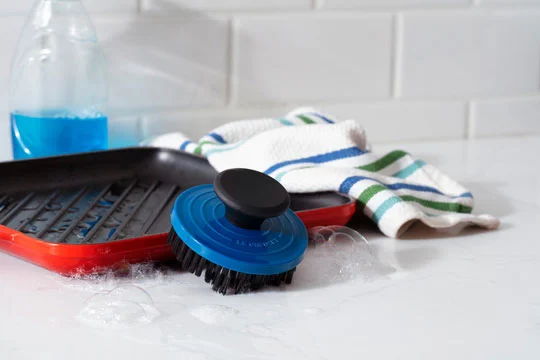
How to Care for and Store Enameled Cast Iron
You can keep your enameled cast iron cookware looking great for generations by periodically using our Le Creuset Cast Iron Cookware Cleaner. It’s ideal for removing tough stains, oil residue and marks, and keeps the enamel finish vibrant. Bar Keeper’s Friend, or a paste of baking soda and water, is also a great option for keeping your cookware looking like new.
Be sure to thoroughly dry enameled cast iron cookware after washing, and store in a dry cupboard away from steam and moisture. Our felt Cookware Protectors are a great way to protect nested or stacked pans in storage. Tough and durable, these felt pan protectors provide a soft, cushioned layer between stacked pans to help prevent scratches.
For pots with a lid, another clever idea is to keep the little plastic pot lid spacers that come with the pot. This helps prevent chips and scratches on the top edge of a Dutch oven, and also allows air to circulate inside the pot.


